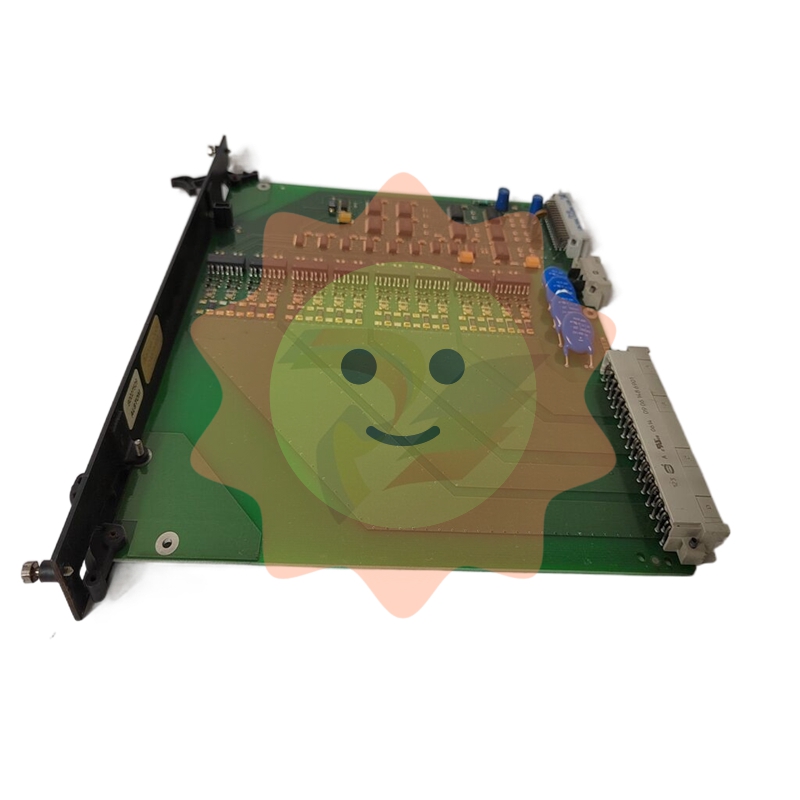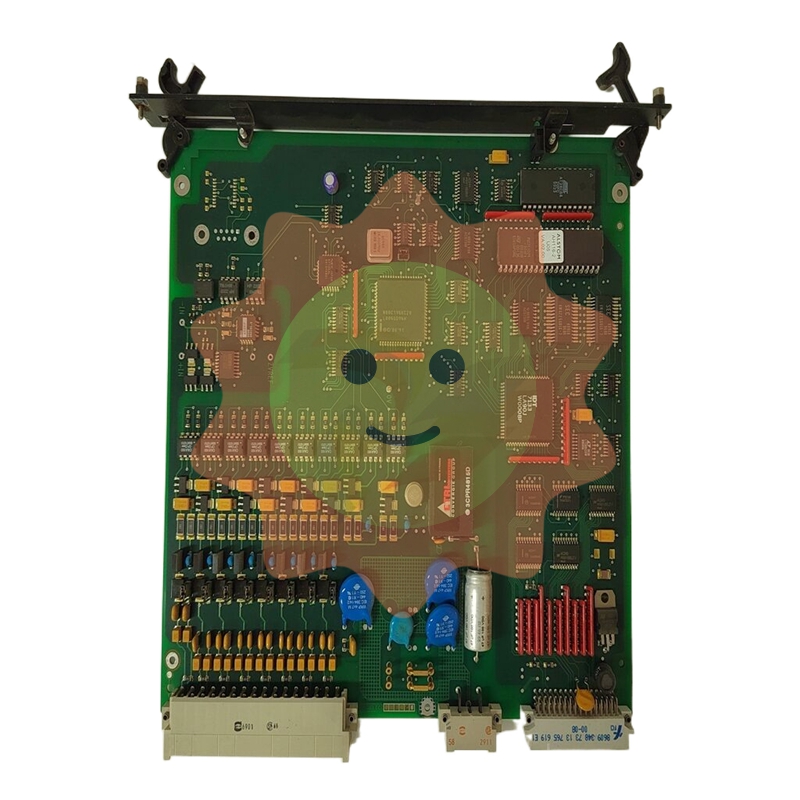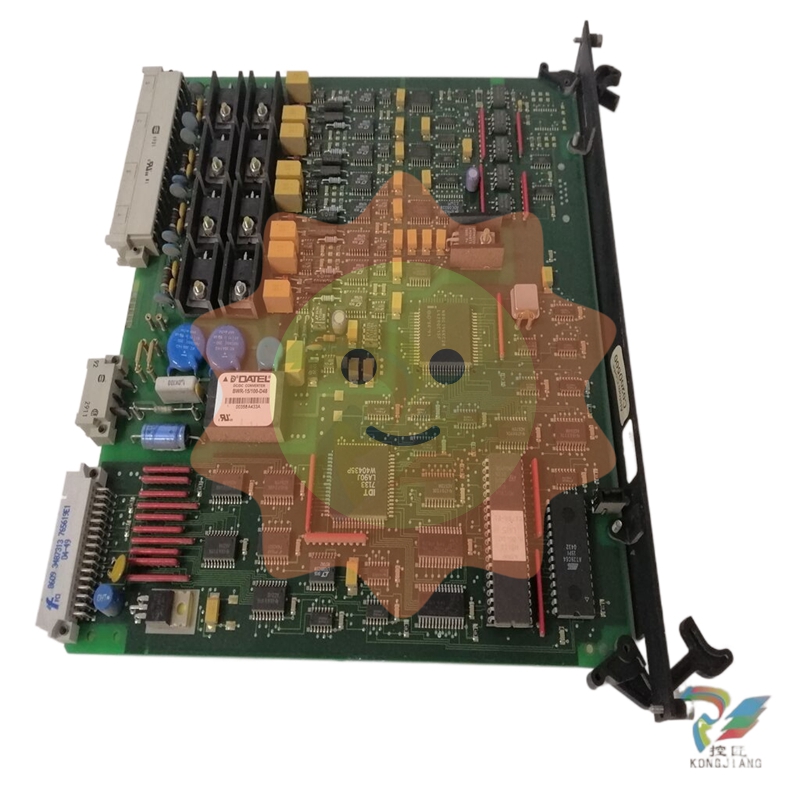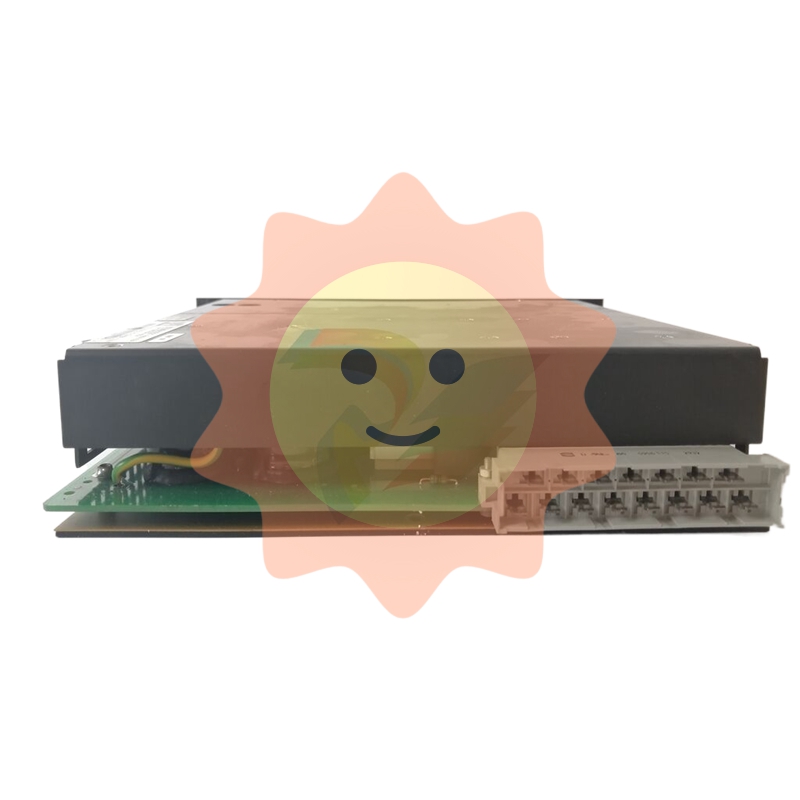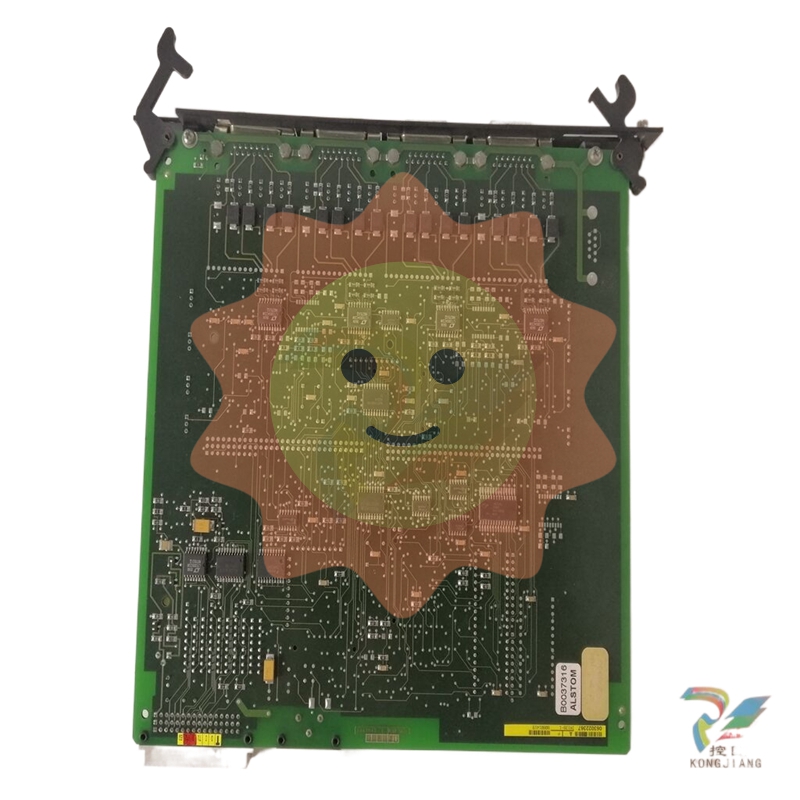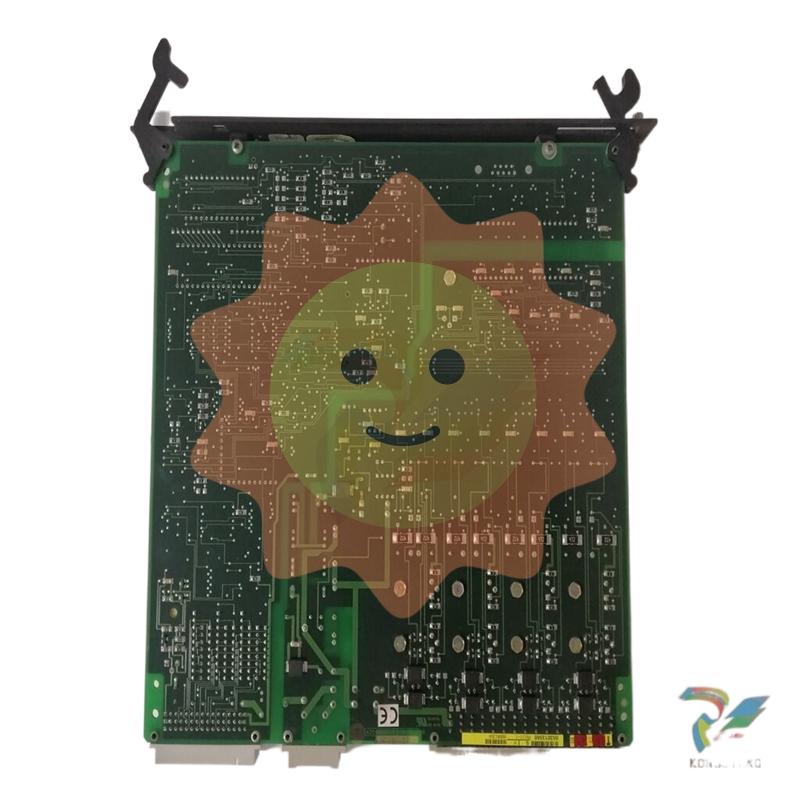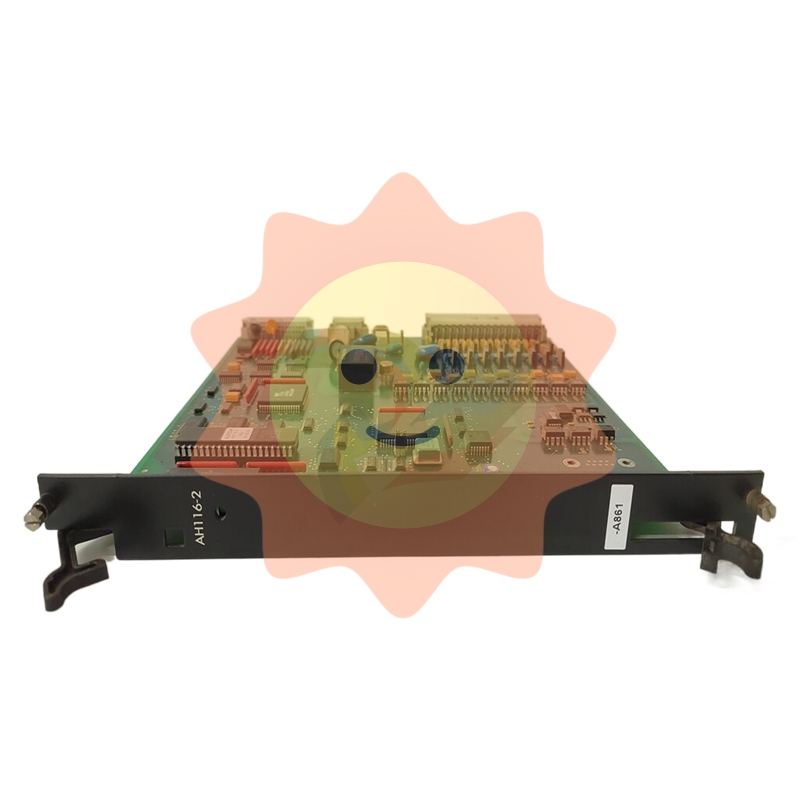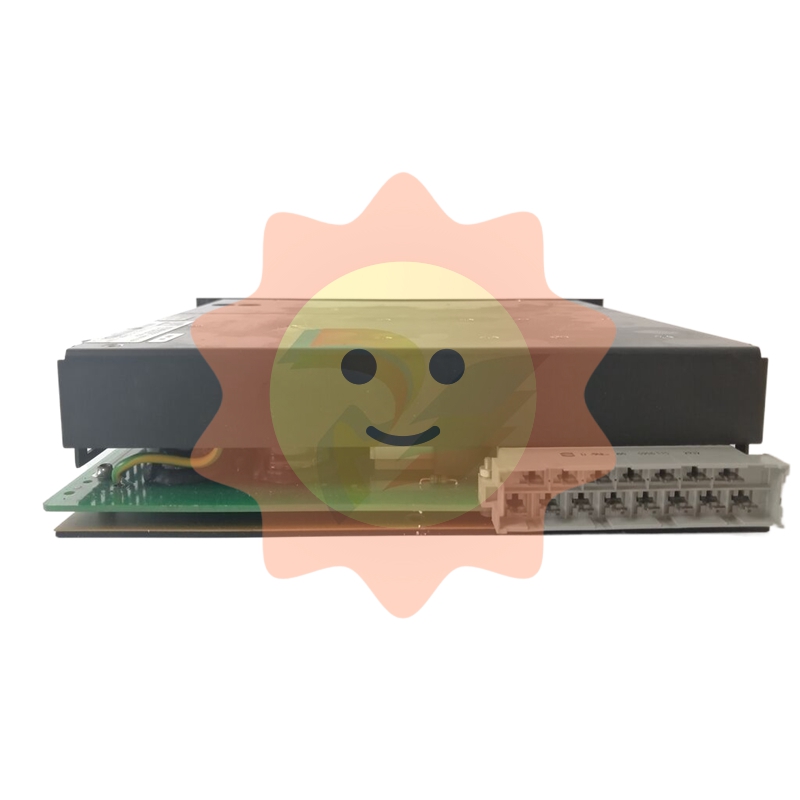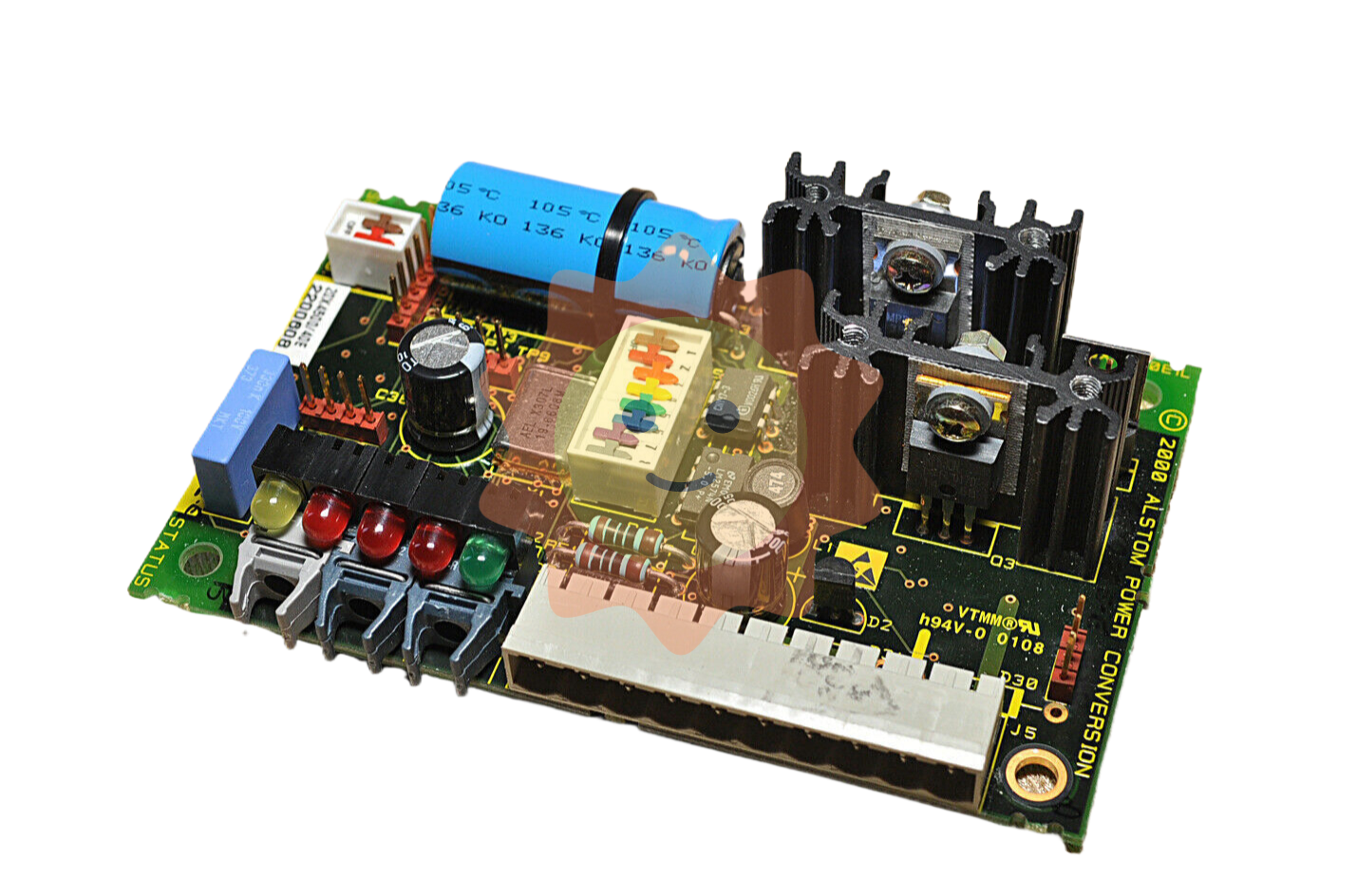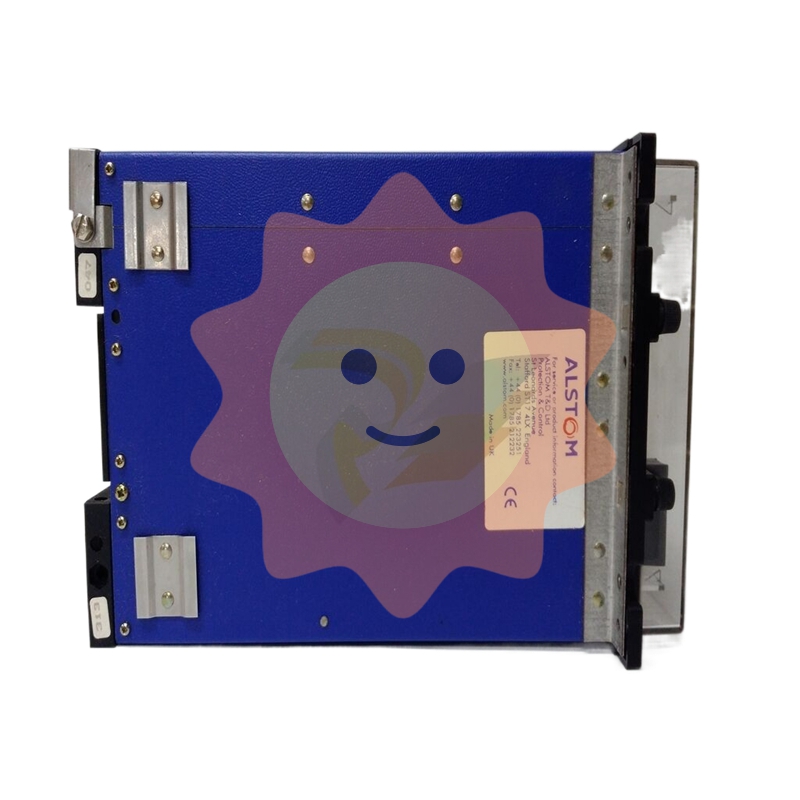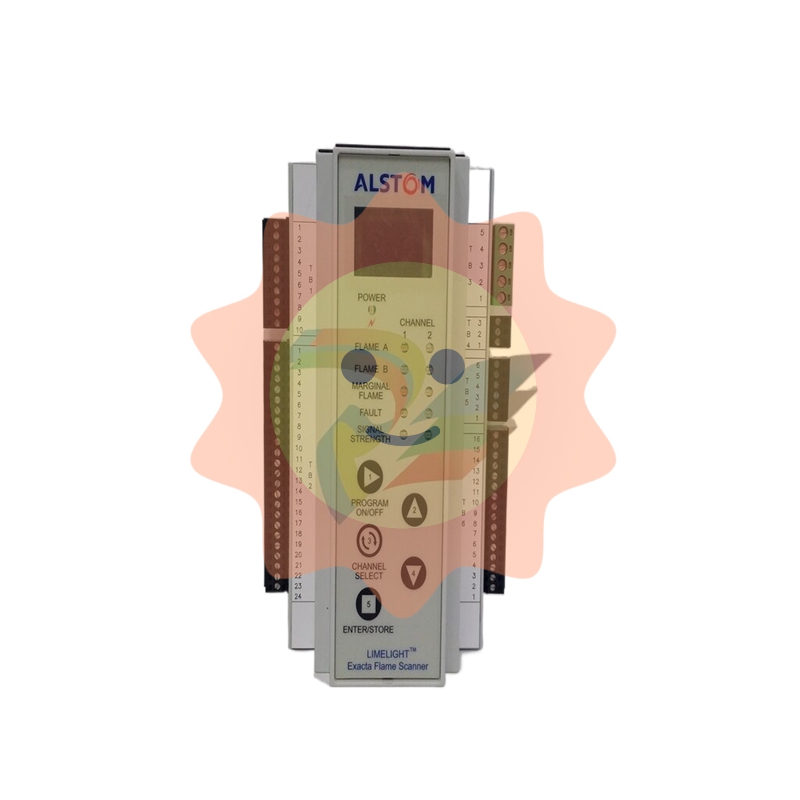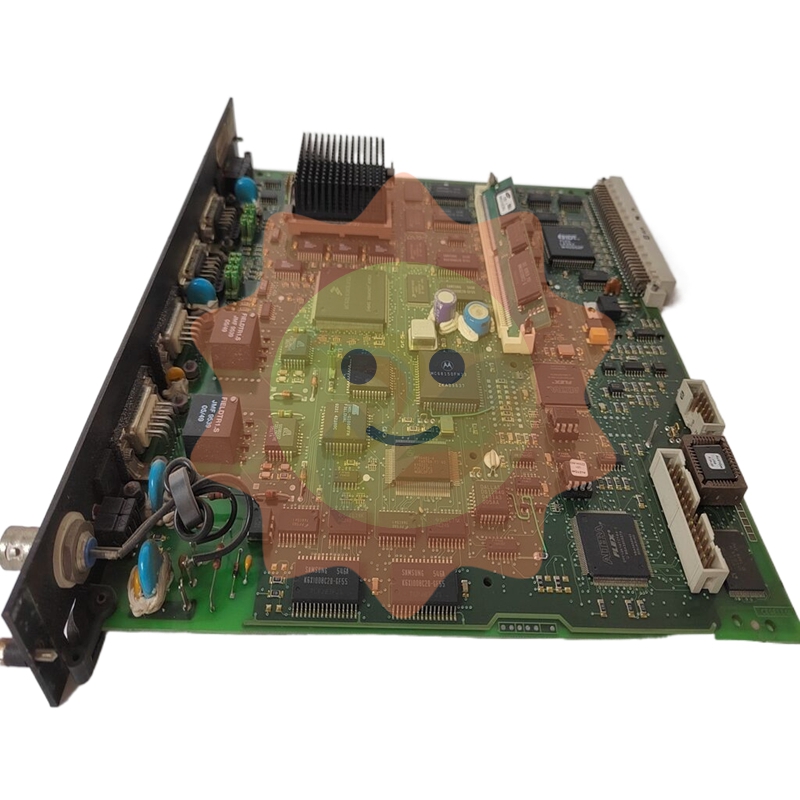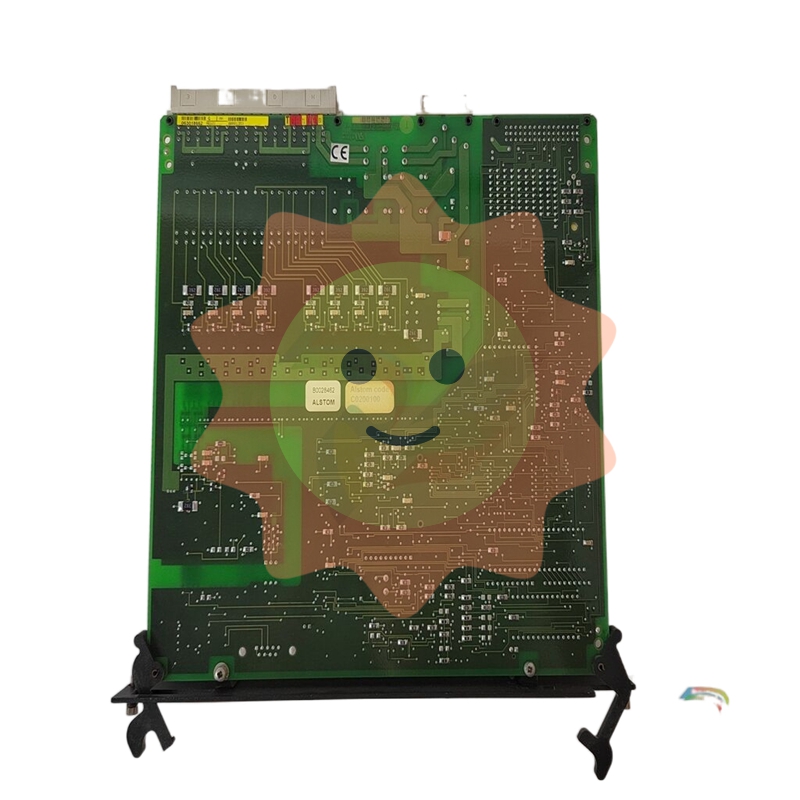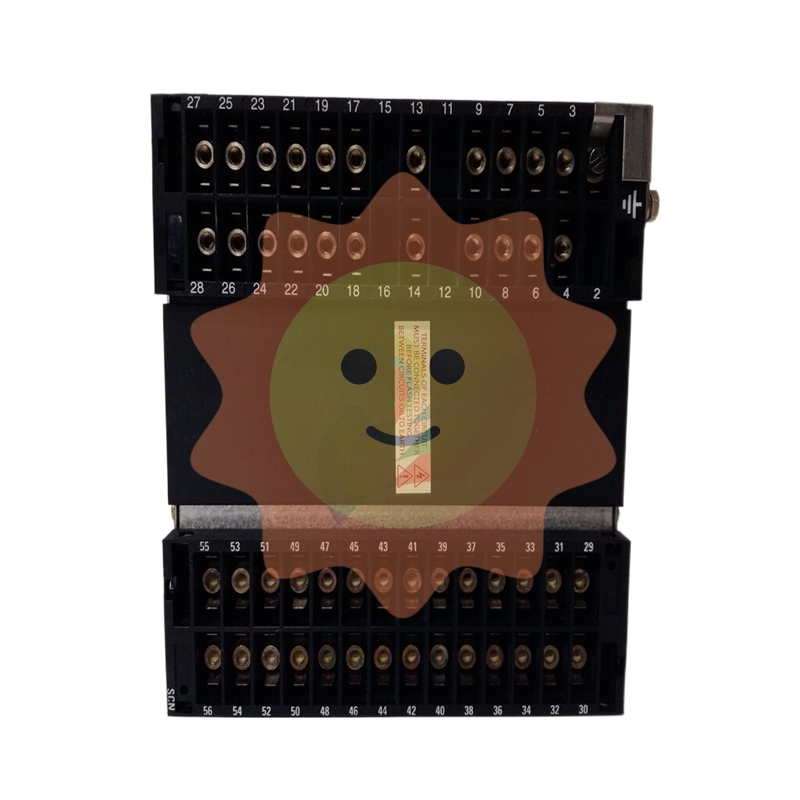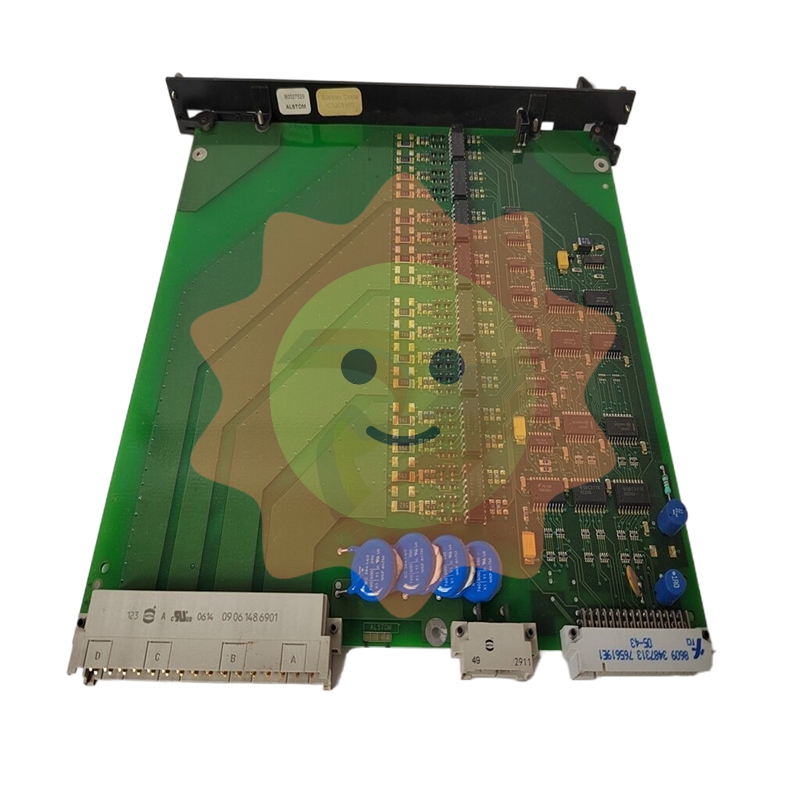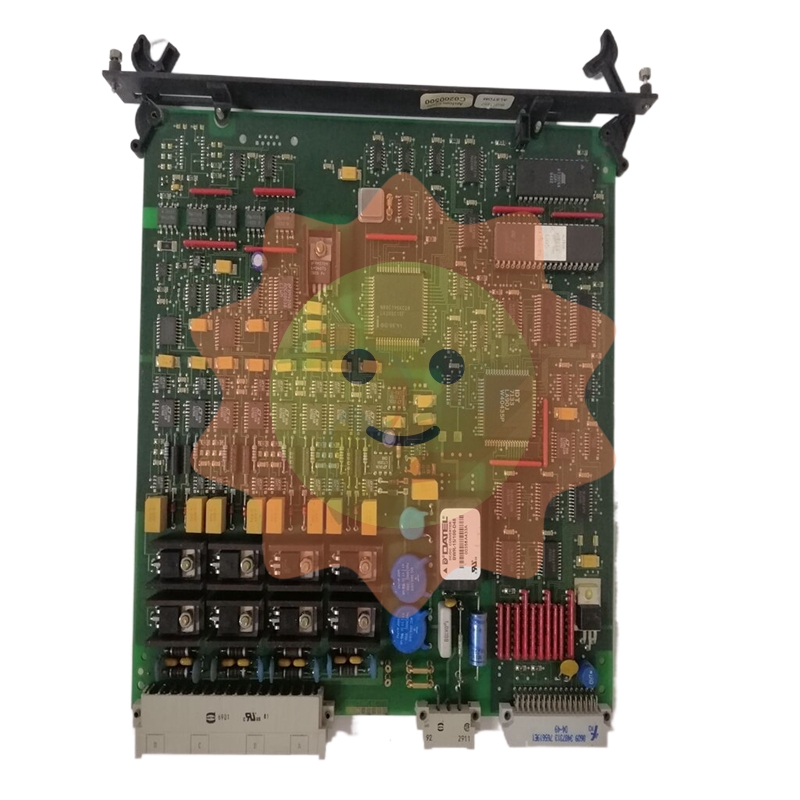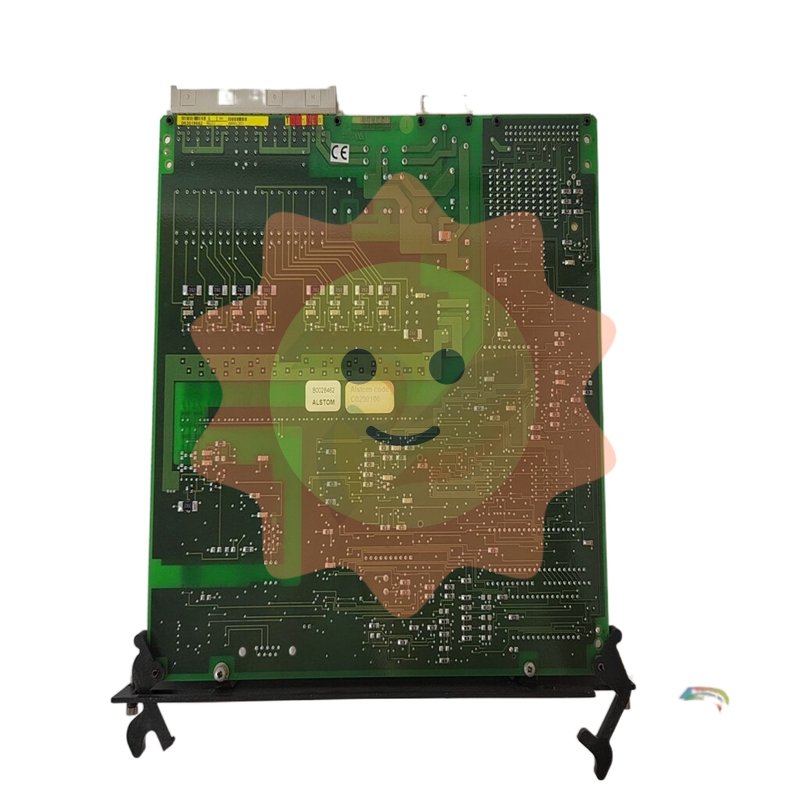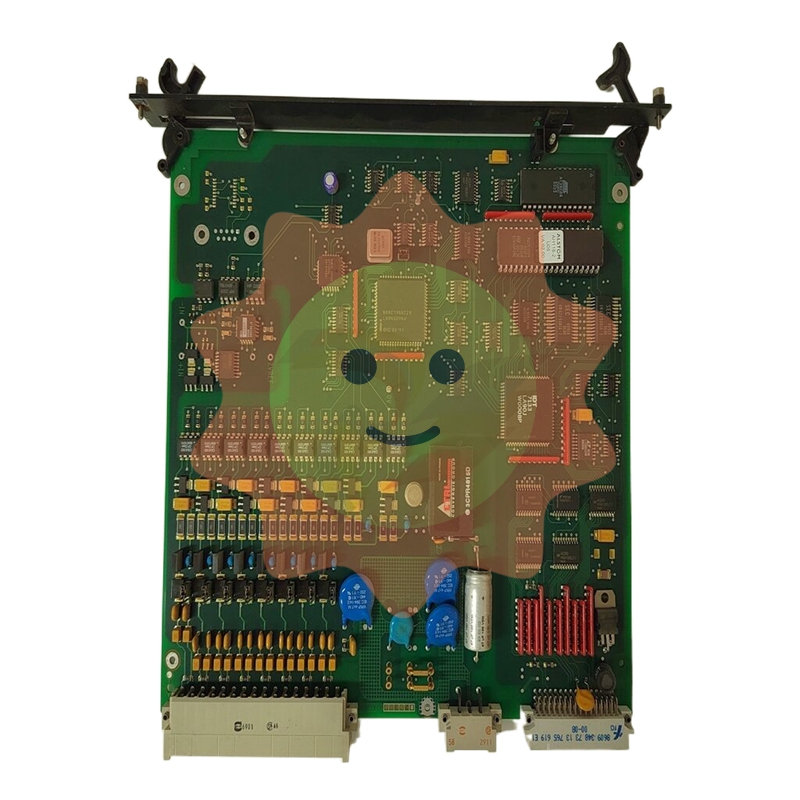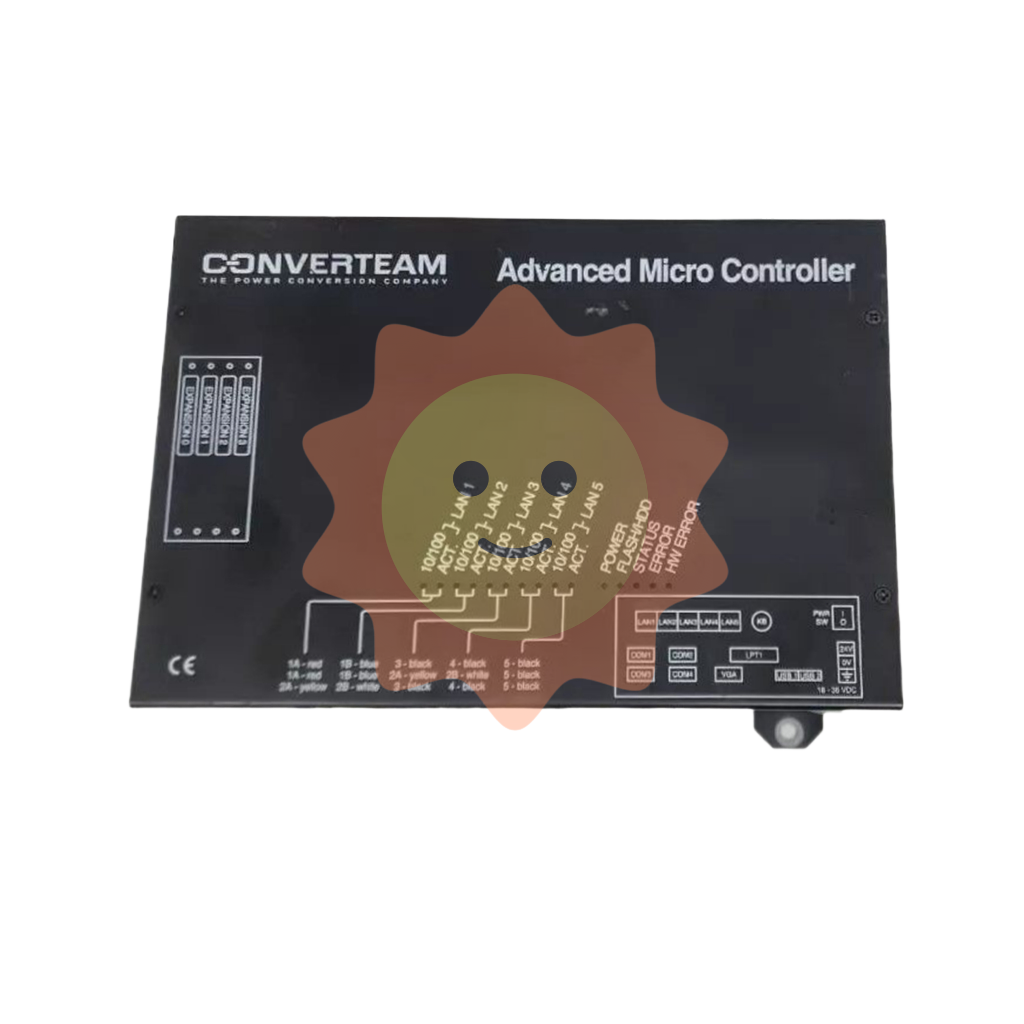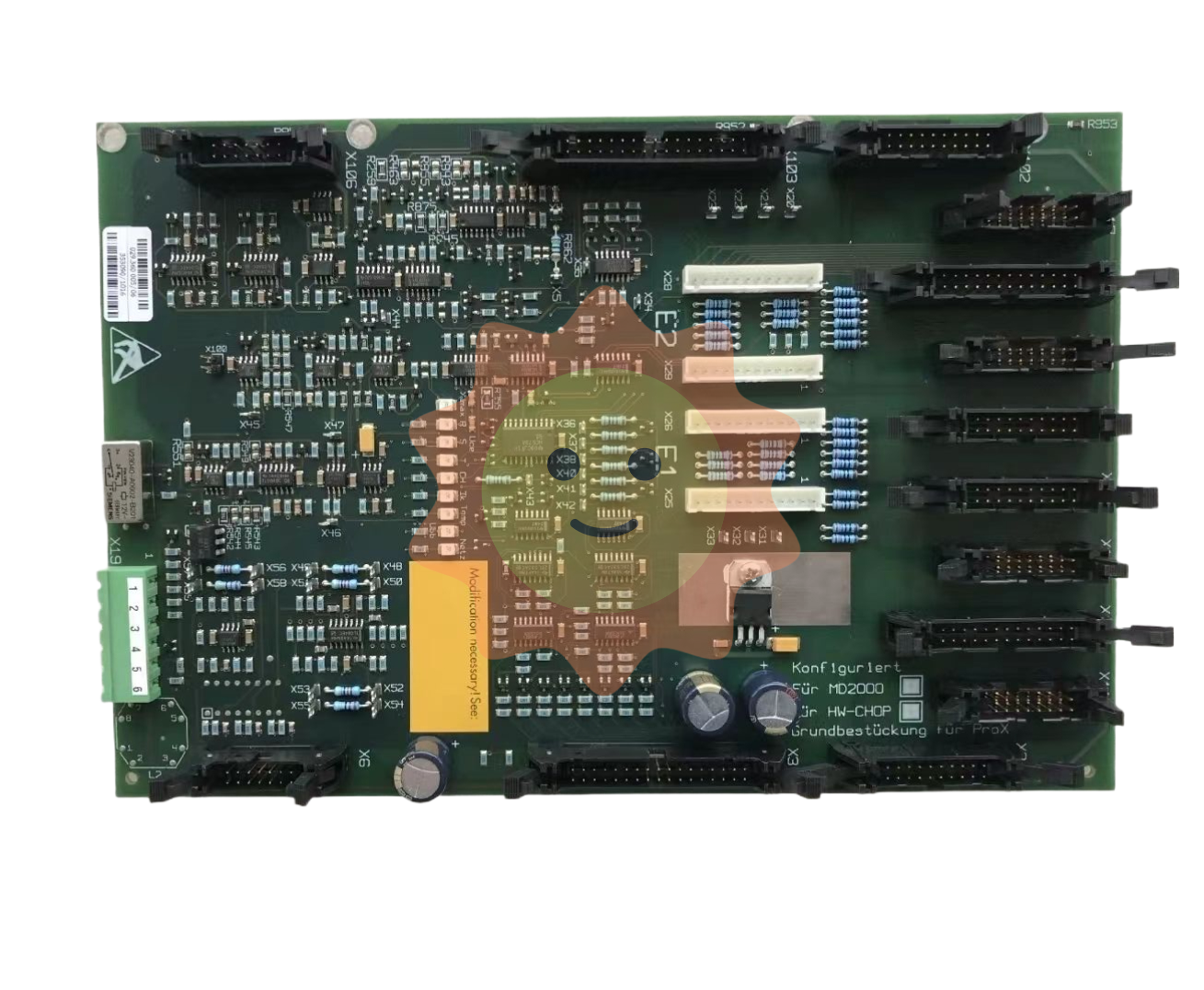Sewage treatment
The waste generated in the sewage treatment station, such as sludge and grid slag in the regulating tank, biochemical treatment tank and contact tank, is centrally disinfected and transported for incineration. Disinfection can be done by pasteurizing steam or adding lime.
Secondary treatment process Flow (NCD and infectious wastewater)
Sewage and feces from infectious disease hospitals are collected separately. The domestic sewage goes directly into the pre-disinfection tank for disinfection treatment and then into the regulating tank. The feces of the patient should be independently disinfected first and then enter the septic tank through the sewer or be treated separately. Each structure shall be operated in a closed environment, ventilated by a unified ventilation system, and the exhaust gas shall be discharged after disinfection, which may be carried out by a ultraviolet disinfection system.
2. Process characteristics
Aerobic biochemical treatment unit to remove CODcr, BOD5 and other organic pollutants, aerobic biochemical treatment can choose contact oxidation, activated sludge and efficient aerobic treatment processes, such as membrane bioreactor, biological aerated filter and other processes. The high efficiency aerobic treatment process with filtration function can reduce the concentration of suspended solids and is conducive to subsequent disinfection.
3. Scope of application
It is suitable for infectious disease hospitals (including general hospitals with infectious wards) and general hospital sewage treatment that is discharged into natural water bodies.
Deal with tech editor broadcast
Modern sewage treatment technology, according to the degree of treatment, can be divided into one, two and three levels of treatment, generally according to the status of water quality and the destination of the treated water to determine the degree of sewage treatment.
Primary treatment
It mainly removes solid pollutants in the suspended state of sewage, and most of the physical treatment methods can only complete the requirements of primary treatment. After primary treatment of sewage, BOD can generally be removed about 30%, can not meet the discharge standards. Primary treatment belongs to the pre-treatment of secondary treatment.
Secondary treatment
The main removal of colloidal and dissolved organic pollutants in sewage (BOD, COD substances), the removal rate can reach more than 90%, so that organic pollutants meet the discharge standard, suspended matter removal rate of 95% of the effluent effect is good.
Tertiary treatment
Further treatment of refractory organic matter, nitrogen, phosphorus and other soluble inorganic substances that can lead to eutrophication of water bodies. The main methods include biological nitrogen and phosphorus removal, coagulation and precipitation, sand filtration, activated carbon adsorption, ion exchange and electrodialysis.
The whole process is that the raw sewage through the coarse grid is lifted by the sewage lifting pump, passes through the grid or sieve rate, and then enters the sedimentation tank, the sewage separated by sand water enters the primary sedimentation tank, the above is the primary treatment (that is, physical treatment), the effluent of the primary sedimentation tank enters the biological treatment equipment, there are activated sludge method and biofilm method, (the activated sludge method has an aeration tank in the reactor, The effluent from the biological treatment equipment enters the secondary sedimentation tank, and the effluent from the secondary sedimentation tank is disinfected and discharged or enters the tertiary treatment. The tertiary treatment ends here as the secondary treatment. The tertiary treatment includes biological nitrogen and phosphorus removal method, coagulation sedimentation method, sand filtration method, activated carbon adsorption method, etc. Ion exchange and electrodialysis. Part of the sludge in the secondary sedimentation tank is returned to the primary sedimentation tank or biological treatment equipment, part of it goes into the sludge thickening tank, and then into the sludge digestion tank. After dehydration and drying equipment, the sludge is finally used.
Electron beam technique
On September 21, 2022, the China Atomic Energy Authority announced ten major events in the field of nuclear technology application in Beijing, including the industrialization of electron beam technology in the field of sewage treatment [1].
- EMERSON
- Honeywell
- CTI
- Rolls-Royce
- General Electric
- Woodward
- Yaskawa
- xYCOM
- Motorola
- Siemens
- Rockwell
- ABB
- B&R
- HIMA
- Construction site
- electricity
- Automobile market
- PLC
- DCS
- Motor drivers
- VSD
- Implications
- cement
- CO2
- CEM
- methane
- Artificial intelligence
- Titanic
- Solar energy
- Hydrogen fuel cell
- Hydrogen and fuel cells
- Hydrogen and oxygen fuel cells
- tyre
- Chemical fiber
- dynamo
- corpuscle
- Pulp and paper
- printing
- fossil
- FANUC
- Food and beverage
- Life science
- Sewage treatment
- Personal care
- electricity
- boats
- infrastructure
- Automobile industry
- metallurgy
- Nuclear power generation
- Geothermal power generation
- Water and wastewater
- Infrastructure construction
- Mine hazard
- steel
- papermaking
- Natural gas industry
- Infrastructure construction
- Power and energy
- Rubber and plastic
- Renewable energy
- pharmacy
- mining
- Plastic industry
- Schneider
- Kongsberg
- NI
- Wind energy
- International petroleum
- International new energy network
- gas
- WATLOW
- ProSoft
- SEW
- wind
- ADVANCED
- Reliance
- YOKOGAWA
- TRICONEX
- FOXBORO
- METSO
- MAN
- Advantest
- ADVANCED
- ALSTOM
- Control Wave
- AB
- AMAT
- STUDER
- KONGSBERG
- MOTOROLA
- DANAHER MOTION
- Bentley
- Galil
- EATON
- MOLEX
- Triconex
- DEIF
- B&W
- ZYGO
- Aerotech


email:1583694102@qq.com
wang@kongjiangauto.com


